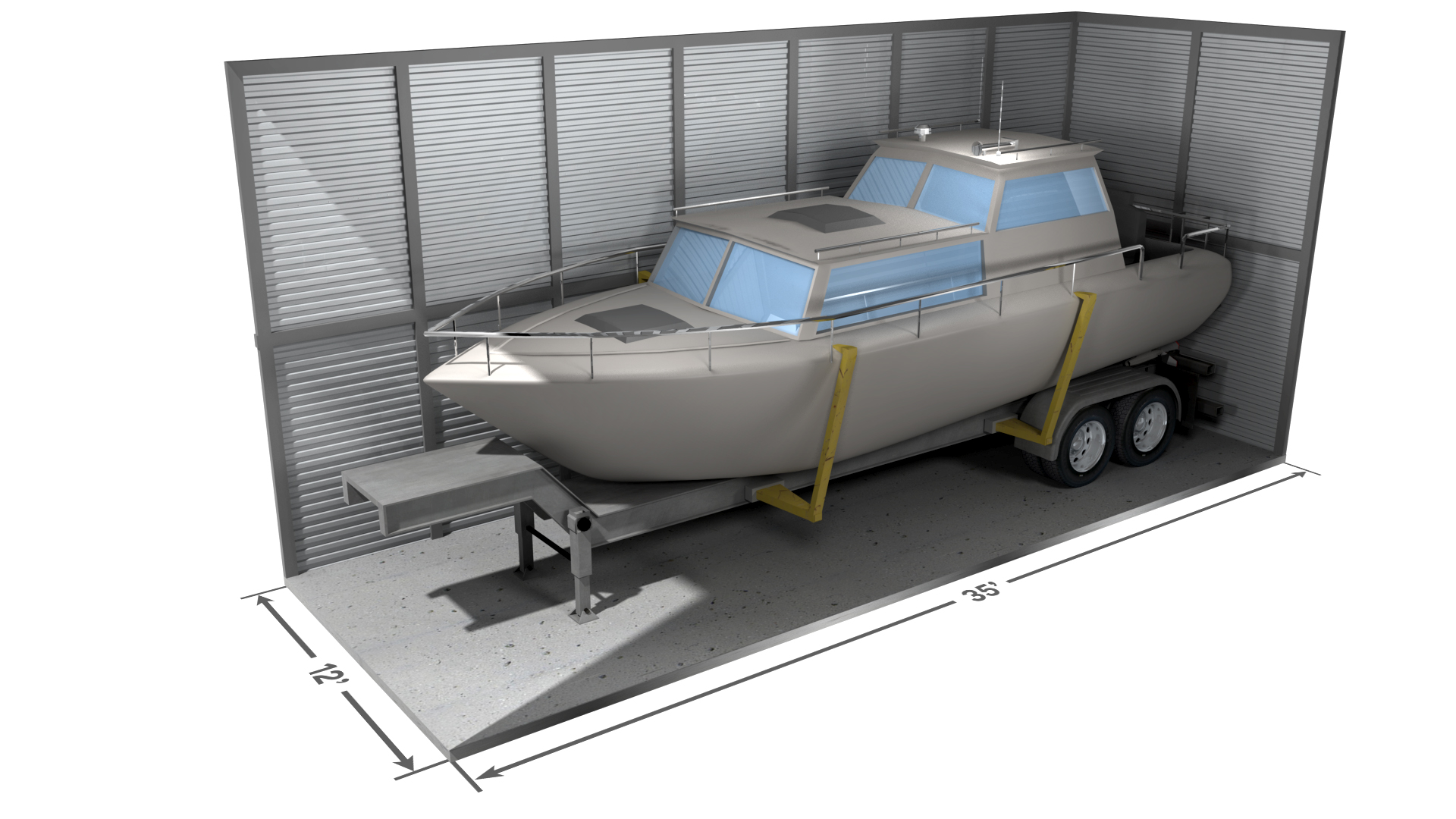Moving to a new home is an exciting adventure, but it often comes with a downside: having to pack all your things into many boxes. Moreover, traditional cardboard boxes and packing supplies contribute to waste and pollution, creating an ethical dilemma for most movers.
However, eco-friendly packing options are available for environmentally conscious movers. By opting for sustainable alternatives, you can minimize waste and reduce your carbon footprint while making your move smoother. This blog from the experts at Safeguard Self Storage will provide some eco-friendly packing and moving tips to keep in mind as you plan your move.
Impact of Cardboard Packing Materials
Cardboard boxes are a staple of moving, but their environmental impact is significant. The production of cardboard contributes to deforestation and pollution, and most boxes end up in landfills after just one use. According to a recent study, 110 million metric tons of paper and cardboard waste was thrown out in the United States in 2019. Only 38% was recycled, while 56% was landfilled, and the rest was burned.
Additionally, the process of recycling cardboard requires energy and resources, further adding to its environmental footprint. By reducing our reliance on cardboard boxes, we can mitigate these negative effects and move toward a more sustainable future.
Reusable Containers for Moving
One of the most effective ways to minimize waste during a move is to use environmentally conscious reusable containers instead of cardboard boxes. Options such as plastic bins, sturdy crates, or even repurposed containers like suitcases and duffel bags can be used to pack and transport your belongings. Not only are these containers more durable than cardboard, but they can also be used multiple times, reducing the need for single-use packaging.
Investing in a set of reusable containers may require an initial up-front cost, but the long-term benefits for the environment and your wallet are substantial. To further minimize your environmental impact, look for containers made from recycled materials or those that are recyclable themselves.
Biodegradable Packing Materials
In addition to reusable containers, choosing biodegradable packing materials can further reduce your carbon footprint. Instead of traditional Bubble Wrap and foam peanuts, opt for sustainable alternatives like recycled paper, cornstarch-based packing peanuts, or biodegradable air pillows. These materials provide the same level of protection for your belongings while breaking down naturally over time, reducing the amount of waste sent to landfills.
When packing fragile items, consider using household materials like towels, blankets, and clothing as padding instead of purchasing Bubble Wrap or additional packing materials. Not only does this save money and reduce waste, but it also ensures your belongings are cushioned during transit.
Eco-Friendly Packing Hacks
In addition to reusable containers and biodegradable packing materials, there are several eco-friendly packing hacks that can help you minimize waste and reduce your carbon footprint. Here are a few:
- Newspapers or shredded paper. Use these to wrap delicate items instead of plastic Bubble Wrap.
- Compostable packing tape. Choose tape made from plant-based materials instead of traditional plastic tape.
- Eco-friendly cleaning products. Opt for eco-friendly options to wipe down surfaces and clean your new home before unpacking.
How to Reduce Your Carbon Footprint
Moving can be a significant contribution to carbon emissions, especially if you’re relocating a long distance. To minimize your carbon footprint, consider the following tips:
- Rent self-storage. Store the items you no longer need instead of throwing them away.
- Minimize travel distance. Plan your route carefully to minimize fuel consumption.
- Eco-friendly transportation. Use options like electric or hybrid vehicles if possible.
- Renewable energy projects. Offset your carbon emissions by participating in renewable energy projects like reforestation.
General Tips for Packing
Regardless of whether you’re using traditional or eco-friendly packing materials, there are some general tips that can help make your move more efficient and environmentally friendly:
- Start packing early. Avoid last-minute stress and reduce the need for disposable packing materials.
- Label your boxes clearly. Make unpacking easier and minimize the risk of damage to fragile items.
- Pack strategically. Place heavier items at the bottom of boxes and fill empty spaces with lightweight items or packing materials.
- Consider hiring a professional moving company. Find one that specializes in eco-friendly packing practices and materials.
Make Your Move With Confidence
Moving to a new home is a big undertaking, but with careful planning and consideration for the environment, it can also be an opportunity to make positive changes. By choosing sustainable alternatives to traditional packing materials, you can reduce waste, minimize your carbon footprint, and make your move a success for you and the planet—one box at a time!

 ';
';














